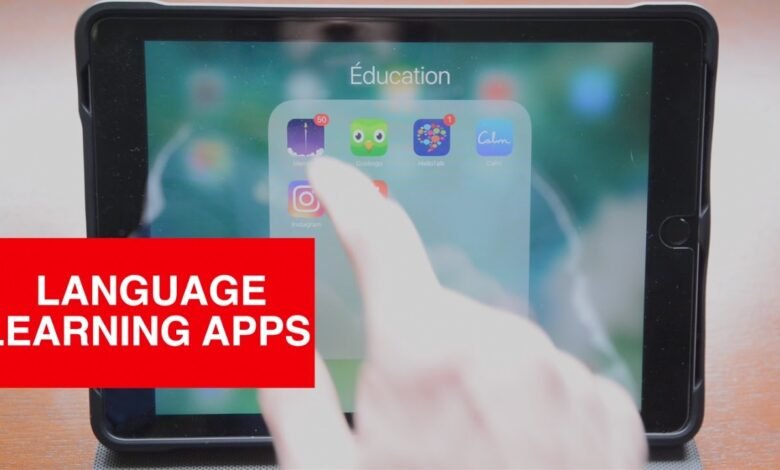
Learning Japanese can be demanding but rewarding. With the advancement of technology, multiple apps now make learning this captivating language more inexpensive and appealing. This guide explores the best language learning apps for Japanese, providing a detailed understanding of their components, advantages, and how they can help you achieve fluency. We will also examine Google NLP (Natural Language Processing) ‘s role in optimizing your language learning.
Understanding the Importance of Language Learning Apps
Language learning apps have revolutionized the course we learning new languages. They suggest flexibility, interactive range, and personalized learning approaches, making them prevalent with language fanatics. These apps can benefit Japanese, a language with complex grammar and three writing techniques (Hiragana, Katakana, and Kanji). They provide structured lessons, practice, and artistic activities, all essential for mastering Japanese.
Google NLP and Language Learning
Google NLP is a natural language processing method that can improve language learning apps. By incorporating Google NLP, these apps can suggest more exact translations, contextual knowledge, and enhanced address credit. This technology allows the delivery of real-time feedback, guaranteeing learners can update their errors and improve their accents. Moreover, Google NLP can analyze large datasets to suggest insights into standard learning patterns and challenges, allowing apps to tailor their content more to suit learners’ requirements.

Top Features to Look for in Japanese Language Learning Apps
When picking a language learning app for Japanese, evaluating specific features that can significantly affect your learning journey is crucial. These features include:
Comprehensive Course Content
A good app should protect all elements of the language, including language, grammar, pronunciation, and cultural nuances. Examine apps that deliver structured techniques, from beginner to progressive levels, ensuring a smooth advance in your learning.

Interactive and Engaging Lessons
Interactive lessons that involve listening, speaking, reading, and writing exercises are crucial. These activities help reinforce what you’ve learned and keep you engaged. Apps that use gamification techniques, such as Duolingo, can make learning fun and motivating.

Speech Recognition Technology
Speech recognition is vital for practicing pronunciation. Apps like Rosetta Stone and Pimsleur use advanced speech mention technology to supply instant feedback on your pronunciation, helping you communicate more like a native speaker.

Cultural Context and Immersion
Understanding the artistic context of a language is crucial for sufficient communication. Apps that include cultural insights, real-life conversations, and immersion experiences can help you grasp the language more naturally. Lingodeer and LingoLearn are examples of apps that excel in this area.

Personalized Learning Paths
Personalized learning paths adapt to your pace and learning style. This feature ensures you feel safe and can focus on areas you need improvement. Many apps use AI to customize lessons based on your progress and performance.
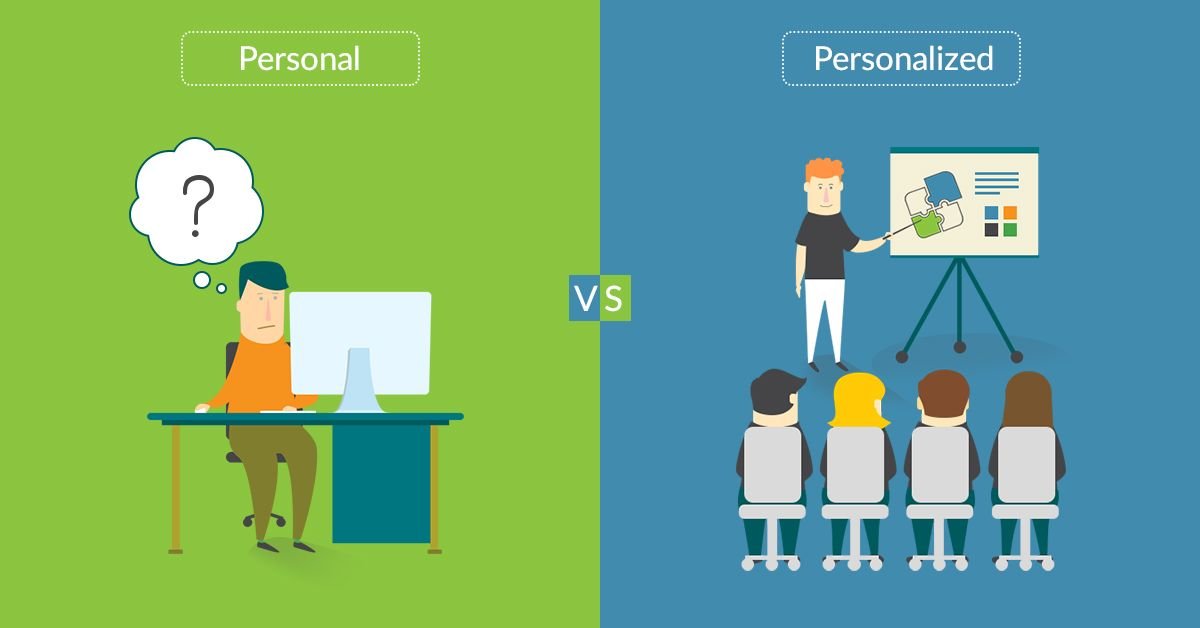
Best Language Learning Apps for Japanese
Examine the top apps developed to help you learn Japanese via interactive speeches, cultural immersion, and personalized learning paths.
Duolingo
Duolingo is a famous language learning app learned for its gamified knowledge technique. The app suggests a complete Japanese course that protects vocabulary, grammar, and correction structure. Duolingo’s bite-sized lectures are excellent for learners with dynamic schedules. The app’s interactive activities and quick feedback keep learners entertained and encouraged.

Rosetta Stone
Rosetta Stone is recognized for its immersive learning experience. The app uses “Dynamic Immersion,” which emphasizes learning through context and visible cues rather than translations. This approach is particularly effective for mastering Japanese. Rosetta Stone also features speech recognition technology to help you perfect your pronunciation.

Pimsleur
Pimsleur is an audio-based language-learning app that centralizes on following and preaching skills. The app’s lectures are completed in 30 minutes and effortlessly conform to your daily routine. Pimsleur’s approach is sufficient for improving informal skills and creating a solid basis in Japanese.
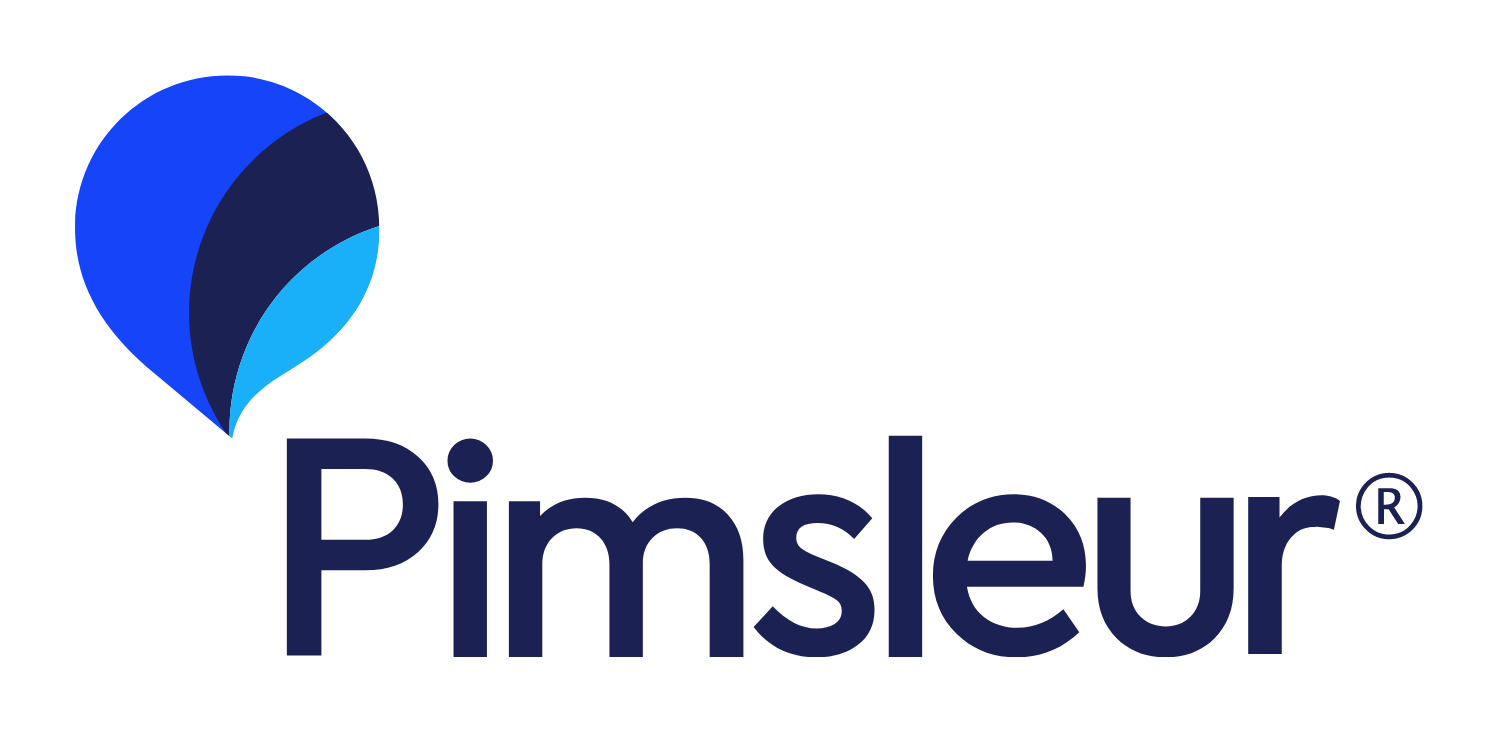
Lingodeer
Lingodeer suggests a structured and complete Japanese technique, making it one of the most affordable language-learning apps for Japanese. The app protects all elements of the language, including grammar, language, and writing procedures. Lingodeer’s methods are developed to be engaging and interactive, with many activities to possess your knowledge.
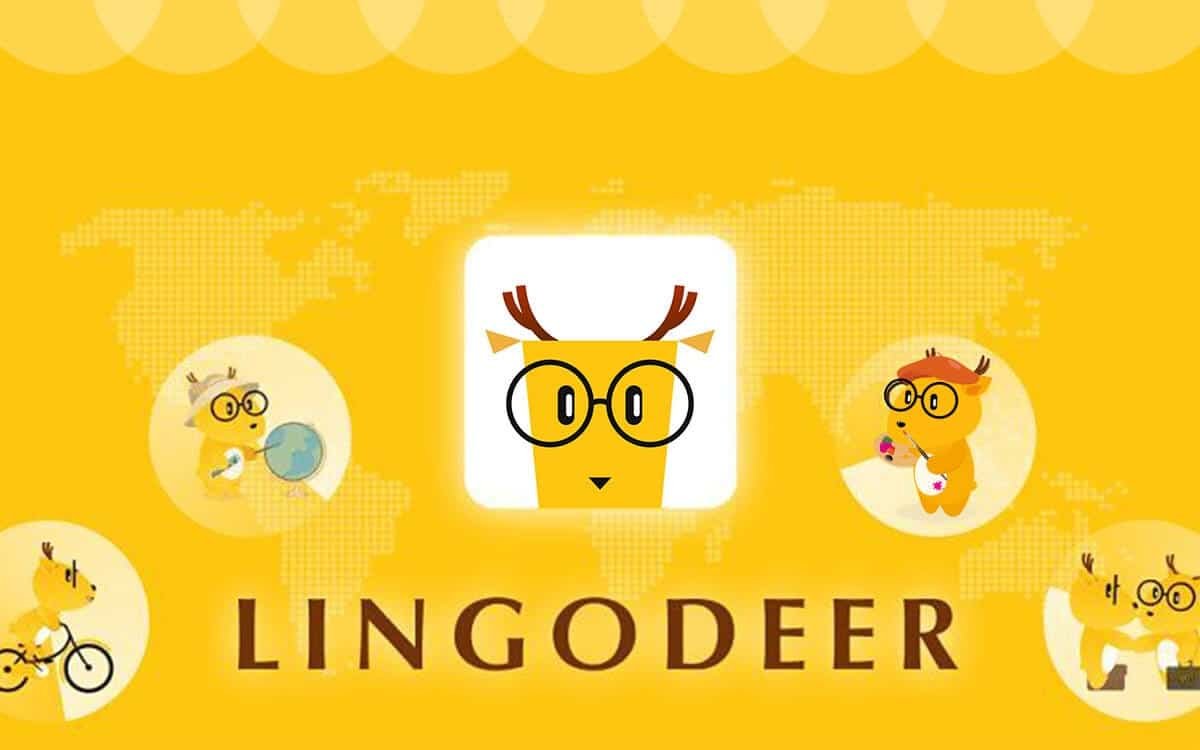
LingoLearn
LingoLearn is perfect for learners who want to explore Japanese culture and language deeply. The app shows immersive lessons that contain cultural acuities, real-life exchanges, and functional language use. LingoLearn’s personalized learning courses guarantee that you advance at your swiftness and concentrate on areas that require improvement.
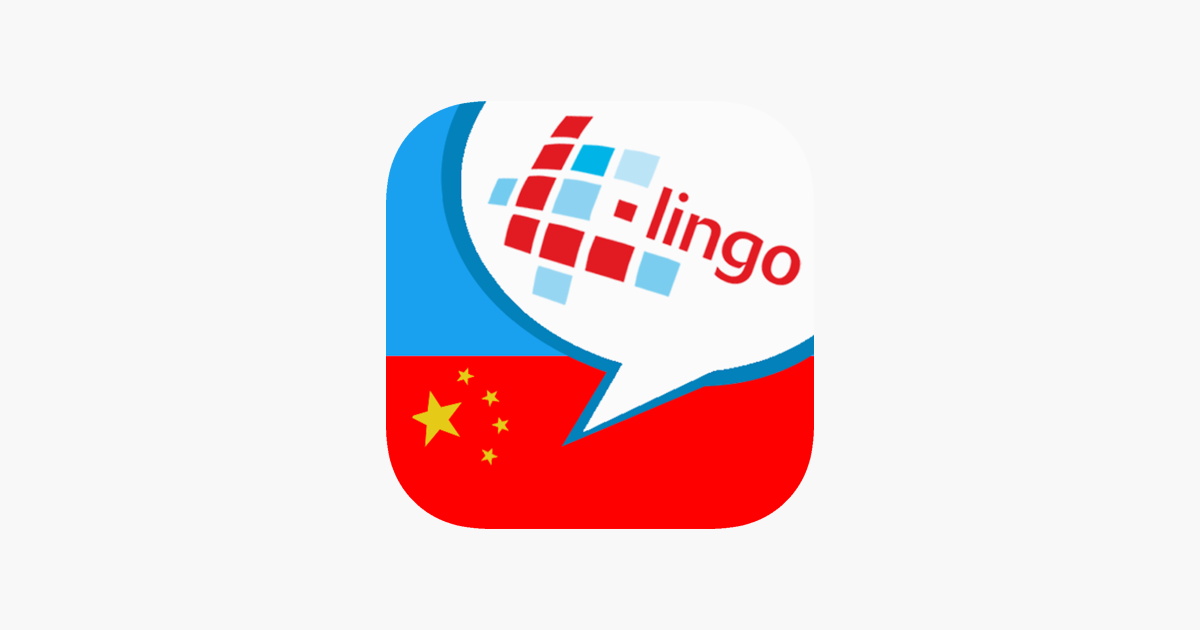
Memrise
Memrise uses a remarkable process for language learning, connecting vocabulary exercises with real-life videos of native speakers. This approach helps learners comprehend how the language is utilized in everyday concerns. Memorise’s spaced repeat system guarantees you maintain what you’ve learned, making it a useful tool for learning Japanese.
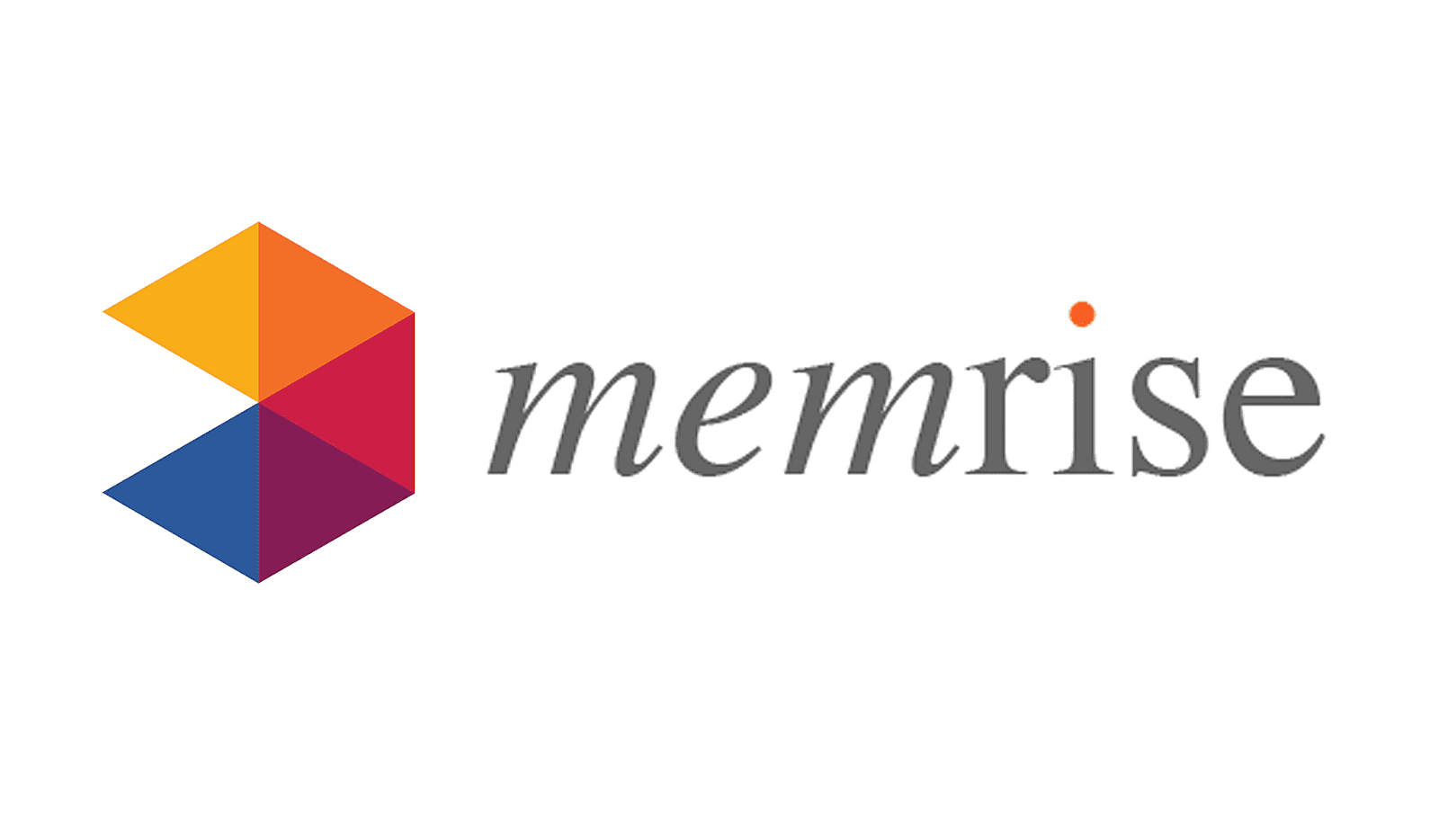
Busuu
Busuu offers a comprehensive Japanese course that focuses on practical language use. The app’s interactive lessons protect speaking, listening, reading, and writing skills. Busuu also features a gathering of native lecturers who can deliver feedback on your improvement, allowing you to improve your informal skills.

How to Choose the Best App for Your Needs
With multiple language knowledge apps, preferring the accurate one can be overwhelming. Here are some tips to help you make the best preference:
Assess Your Learning Style
Consider your preferred learning style. Do you enjoy interactive lessons, or do you prefer audio-based learning? Choose an app that aligns with your choices to ensure a more enjoyable learning experience.
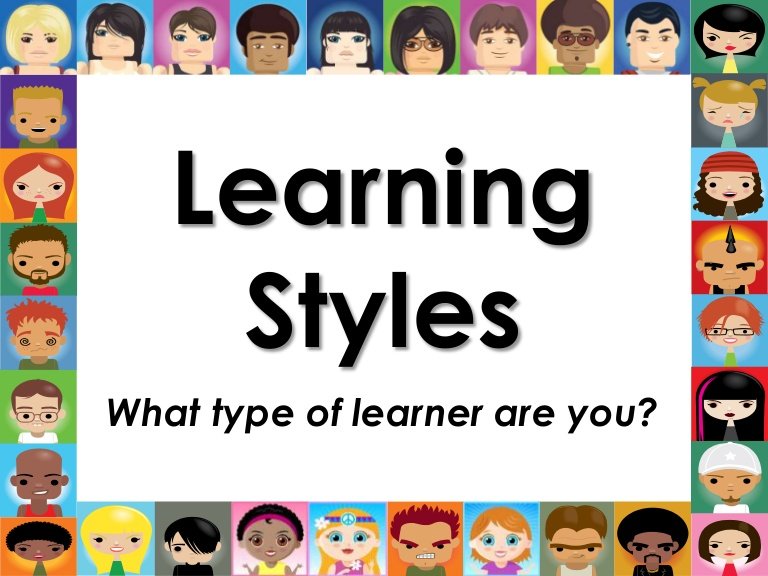
Set Clear Goals
Define your language learning goals. Are you learning Japanese for travel, profession, or personal appeal? Your goals will impact the type of content you need. For example, if you’re learning to travel, focus on apps that offer practical conversation skills.

Take Advantage of Free Trials
Many language learning apps suggest free difficulties or fundamental arrangements. Take advantage of these possibilities to test different apps and see which works best before dedicating to a subscription.

Read Reviews and Testimonials
Reading reviews and testimonials from additional researchers can help you gain practical insight into the app’s usefulness and user knowledge. Review reviews highlighting the app’s strengths and disadvantages to make a knowledgeable decision.

Maximizing Your Learning with Language Learning Apps
Using language learning apps effectively requires a strategic technique. Here are some tips to assist you get the most out of your preferred app:
Consistency is Key
Consistency is essential for language learning. Establish aside a separate daytime at the same time to rehearse for 15-30 minutes, consistent if appropriate. Standard practice helps support what you’ve learned and keeps you motivated.

Practice Speaking Out Loud
Speaking out piercing helps improve your accent and fluency. Use the app’s address recognition components to get feedback on your accent and practice speaking with native lecturers whenever practicable.

Immerse Yourself in the Language
In addition to utilizing language learning apps, engage yourself in Japanese as extensively as practicable. Manage Japanese movies, listen to Japanese music, and read Japanese books to improve your understanding and fluency.

Use Multiple Resources
While language learning apps are excellent tools, using considerable resources can improve your learning knowledge. Connect app-based learning with textbooks, online lectures, and language interaction programs for a well-rounded technique.

Stay Motivated
Set possible milestones and celebrate your improvement to remain motivated. Join online gatherings of Japanese learners to communicate your adventures and earn support from fellow students.

Conclusion
By leveraging the best language-learning apps for Japanese and following these tips, you can venture on a successful and satisfying language-learning voyage. Whether you’re a beginner or are attempting to increase your skills, these apps suggest valuable tools and resources to help you achieve your goals.
Frequently Asked Questions
How useful are language learning apps for learning Japanese?
Language learning apps can be valuable when used consistently and with other learning strategies. They suggest structured lectures, interactive activities, and personalized feedback, making them useful tools for language learners.
Can I become fluent in Japanese using only apps?
While apps are excellent for building foundational skills and practicing regularly, achieving fluency requires additional immersion and practice. Combining app-based learning with other aids, such as textbooks, online techniques, and language exchange, can help you reach fluency.
Are free language learning apps worth it?
Free language learning apps can be a great starting point, offering basic lessons and practice exercises. However, premium versions often provide more comprehensive content and advanced features. It's worth trying the free performances to notice if they meet your requirements before viewing a subscription.
How long does it take to learn Japanese with an app?
Discovering Japanese depends on various elements, including your learning speed, character, and the resources you utilize. With typical practice and commitment, you can achieve conversational proficiency in a few months to a year. Knowledge of the language may take several years.








